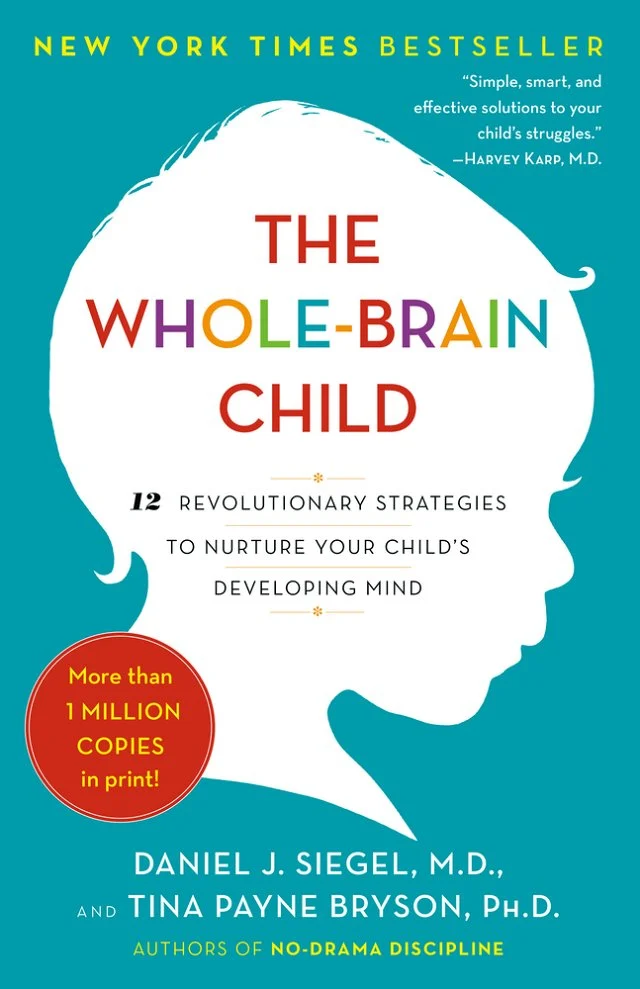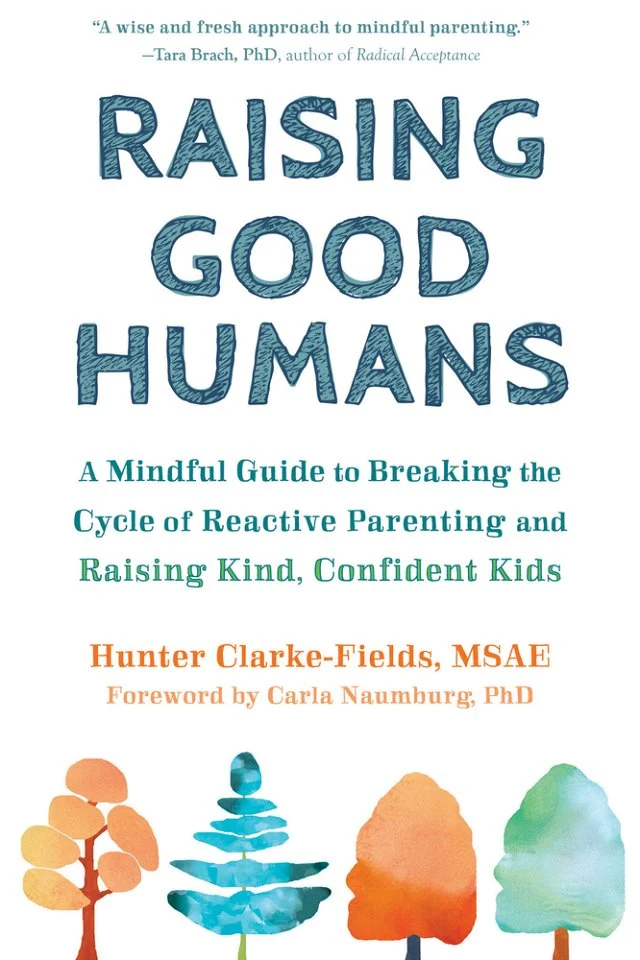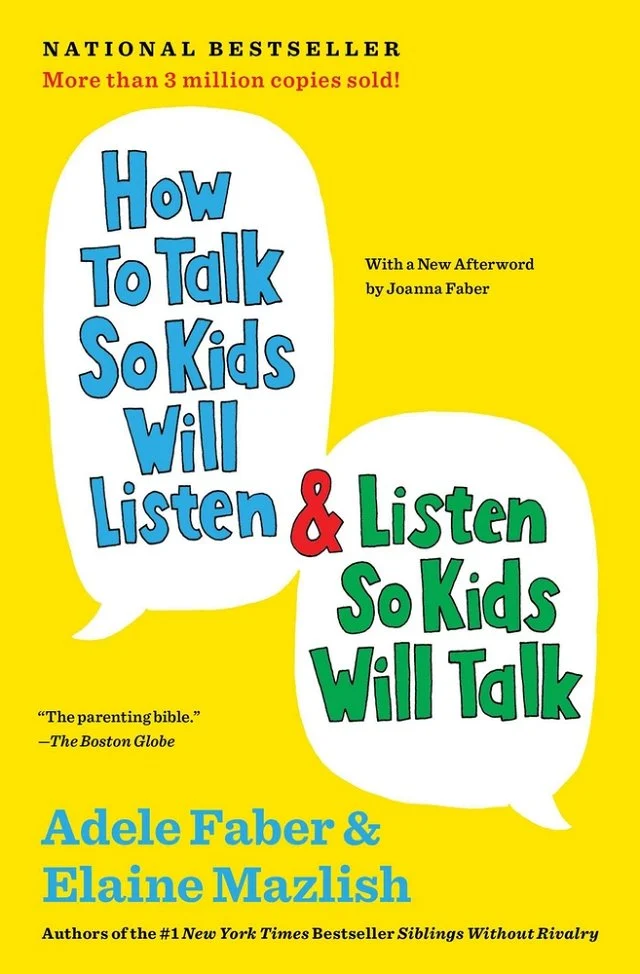Share with your community:
What My Child Is Teaching Me About Letting Go: How to Flow with Life Instead of Resisting It
Surrender Is Not Weakness—It’s Flowing with Life
Surrender is often misunderstood. Many people hear the word and assume it means giving up, giving in, or losing control. But real surrender is the opposite—it’s the moment we reclaim our power.
When we surrender, we stop resisting reality. We stop wasting energy on the “shoulds” and “shouldn’ts” and start working with what is. And in doing so, we’re no longer victims of the moment—we become creators of it.
When we hold on too tightly to control, we create frustration, helplessness, and anger. But when we learn to flow, we find peace, clarity, and adaptability. And this lesson isn’t just for us—it’s one of the greatest lessons we can teach our children.
Parenting & Surrender: Teaching Adaptability
Kids thrive on structure and routine. And honestly? Most adults do too. Structure gives us stability. It helps us feel safe, prepared, and in control.
But life isn’t always predictable. Sometimes, the plan changes. Sometimes, we don’t get a warning. So then what?
Here’s an example from my own life:
The Timer Trick & Learning to Pivot
In our house, we use a timer to make transitions easier. If Wyatt is playing and it’s time to clean up, get ready for bed, or leave the park, etc., we set a five-minute timer. It gives him a heads-up, so he knows change is coming.
But sometimes? Life doesn’t come with a timer.
- Sometimes, things happen suddenly.
- Sometimes, we don’t get a warning before we have to shift.
- Sometimes, we’re forced to adapt in the moment.
For kids, this can lead to big emotions—tantrums, disappointment, confusion. And honestly? As adults, we do the same thing. We resist, we get frustrated, we dig in our heels.
But this is where I want to teach Wyatt the power of flow.
Just like a river bends around obstacles instead of stopping at them, we can learn to move with life instead of fighting against it. That doesn’t mean we don’t feel our emotions—it means we recognize what is within our control and what isn’t.
What We Can & Can’t Control
There are external situations (things we can’t control) and internal situations (things we can). Teaching this to ourselves and our kids is life-changing.
What we can’t control:
- The weather
- Other people’s actions
- Sudden changes in plans
What we can control:
- Our reactions
- Our emotions
- How we pivot & adjust
So, when something unexpected happens, we pause. We take a breath. We adjust. Maybe in that moment, we don’t have control over the situation, but we always have control over how we respond.
And yes, sometimes things feel bigger than just “accept and move on.”
Sometimes, an injustice happens. Sometimes, something doesn’t sit right. That’s okay too.
- If we can’t do anything about it at the moment? We breathe and realign.
- If it still lingers? That’s a sign we need to explore it deeper.
But most of the time, surrendering and accepting helps us move forward. And that, in itself, is true power.
Things We Cannot Fully Control (External Situations We Can Only Plan For)
These are things we might be able to prepare for, influence, or navigate—but ultimately, they are outside our full control.
- The weather – We can check the forecast and dress accordingly, but we can’t stop the rain or snow.
- Other people’s opinions or reactions – We can present ourselves with kindness and honesty, but we can’t control how others see or respond to us.
- Traffic and delays – We can leave early, plan the best route, and still get stuck.
- Sudden changes in plans – We can set a schedule, but unexpected things happen.
- How others treat us – We can set boundaries and communicate clearly, but we can’t force respect or kindness from others.
- What happens in the world (news, politics, economy, global events, etc.) – We can vote, donate, and educate ourselves, but we can’t single-handedly change everything.
- Natural disasters – We can prepare, but we can’t prevent them.
- Aging & time passing – We can take care of ourselves, but we can’t stop the clock.
- Technology failures (Wi-Fi going down, phone issues, etc.) – We can troubleshoot, but sometimes it’s just out of our hands.
- Whether someone forgives us – We can apologize and make amends, but the choice to forgive is theirs.
- Rules & laws – We can follow them, but we don’t control them.
- Other people’s emotions – We can offer support, but we can’t force happiness or peace onto someone else.
- The past – We can reflect and learn, but we can’t change what has already happened.
- Health conditions & genetics – We can take care of ourselves, but some things are simply in our DNA.
- Unexpected financial situations – We can budget and save, but we can’t control every twist and turn in the economy or life’s financial surprises.
- What our kids are naturally drawn to – We can introduce them to new things, but we can’t decide their passions, interests, or personalities.
- Who likes us and who doesn’t – We can be authentic, but we can’t make everyone approve of us.
- Death & loss – We can cherish people while they’re here, but we can’t stop life’s natural cycle.
Things We Can Fully Control (Internal Power & Choices)
These are the areas where we have true power—no one can take these from us unless we allow it.
- Our reactions – No matter what happens, we control how we respond.
- Our emotions – We might not control the feeling itself, but we control what we do with it.
- Our perspective – We decide how we see and interpret a situation.
- Our words – What we say, how we say it, and whether we choose kindness or harshness.
- Our effort – We decide how much energy we put into something.
- Our boundaries – We decide what we allow and what we say no to.
- Our mindset – Growth vs. fixed mindset, positive vs. negative self-talk, hope vs. fear.
- What we focus on – We can focus on problems or solutions, what we lack or what we have.
- Our habits – What we do daily, the choices we make, and the lifestyle we create.
- Our self-talk – How we speak to ourselves internally—are we kind or critical?
- Our level of gratitude – We can always find something to appreciate.
- Our ability to forgive (or not) – Forgiveness is about us, not them.
- Our discipline & consistency – Sticking to our goals, commitments, and values.
- How we spend our time – We may not control every circumstance, but we choose how to use our moments.
- How we care for ourselves – Physically, mentally, emotionally, and spiritually.
- The content we consume – What we read, watch, listen to, and surround ourselves with.
- Who we surround ourselves with – The relationships we nurture or let go of.
- How we treat others – We choose whether to be compassionate, patient, or judgmental.
- Our ability to adapt – We can resist change or learn to flow with it.
- Whether we dwell or move forward – Life happens. We choose if we stay stuck or grow.
- Our integrity – Doing the right thing, even when no one is watching.
- Our ability to let go – Accepting what we can’t change and focusing on what we can.
- Our willingness to learn and evolve – Staying curious, open-minded, and willing to grow.
- Our faith, beliefs, and spirituality – However we define it, this is our choice.
- How we parent – We can’t control our child’s every move, but we can control the example we set and the environment we create.
Flowing Like a River: Acceptance, Emotional Control & Taking Ownership
At the heart of surrender is this simple truth:
Accepting what I can’t change gives me true power.
It frees me from frustration. It helps me choose my response instead of reacting impulsively. And it reminds me that every action—whether emotional, verbal, or physical—has a consequence.
When I accept this, I stop wasting energy on resistance and start moving forward with intention.
Because just like the rivers, my wyld heart flows.
It flows when I let go of what I can’t control.
It flows when I take responsibility for my choices.
It flows when I trust that I can navigate whatever life brings.
And when we flow with life instead of fighting it, we step into our true power.
Final Thoughts: Surrender, Ownership & Living with Intention
Life will always be unpredictable. People will act in ways we don’t expect. Plans will change. Unexpected things will happen.
But when we stop fighting reality and start learning how to respond with clarity, we create better outcomes for ourselves.
This is the lesson I want to teach Wyatt.
This is the lesson I remind myself of every day.
We can’t control everything, but we can control our actions.
And our actions shape the life we create.
So we let go of resistance.
We own our choices.
We accept what is.
And we flow.
Because my wyld heart flows.
What’s one thing you’ve been resisting lately?
Take a deep breath, acknowledge it, and ask yourself—what would happen if I chose to flow instead of fight?
I’d love to hear from you! Have you or your kids had moments where you had to practice letting go and surrendering to the moment? Share your experiences in the comments—let’s learn from each other.
And if this message resonates with you, pass it along! Share this with someone who might need this reminder today. Let’s spread more mindfulness, acceptance, and flow together.
"The journey is where you grow."
Parenting is hard. No one has all the answers, but we can learn, grow, and do better—together. Here are some incredible books, resources, and support options to help you on this journey.
- Greater Good Science Center (UC Berkeley): How Parental Communication Shapes Emotional Intelligence – Research-based insights on how kids absorb the way we speak and interact.
- Psychology Today: Teaching Kids How to Disagree Respectfully – Practical advice on modeling and encouraging respectful conversations.
Harvard Center on the Developing Child: The Impact of Early Experiences on Brain Development – A fascinating look at how the early years shape a child’s emotional and social well-being.
- How to Raise A Good Human: The Power of Mindful Parenting –Raising the Next Generation: Why Our Words and Actions Matter More Than We Think
Books on Raising Kind, Emotionally Intelligent, and Resilient Kids
I am a big believer of keeping books and bookstores alive, but sometimes the convenience of Amazon is nice. lol So I have provided two options if you wanted to grab your own copy from a local store. Every purchase through Bookshop financially supports your local and independent bookstores near you! Or if you get all your books through Amazon (you don’t need to explain your reasons) I have also linked it through Amazon.
I make sure that I support local bookstores the best I can by purchasing some of my books through them when I can, but Amazon is a great resource too. So you know, it’s called balance…just like everything in life. 🙂
The Whole-Brain Child
12 Revolutionary Strategies to Nurture Your Child's Developing Mind
By: Tina Payne Bryson + Daniel J. Siegel
A must-read for understanding how children’s brains develop and how we can nurture emotional intelligence from a young age.
Raising Good Humans
A Mindful Guide to Breaking the Cycle of Reactive Parenting and Raising Kind, Confident Kids
By: Hunter Clarke-Fields + Carla Naumburg
This book dives deep into mindfulness-based parenting, helping you stay calm while teaching kids emotional regulation. Added benefit…you’ll also be more emotionally regulated 🙂
How to Talk So Kids Will Listen & Listen So Kids Will Talk
Learn How to Communicate With Your Child Effectively and Respectfully
By: Adele Faber + Elaine Mazlish
A classic book on communicating with kids in a way that fosters respect, understanding, and cooperation. I found my copy in one of the “Free Little Libraries” around the neighborhood and it was from 1999:)
Want More Mindful Parenting & Good Vibes?
Raising kind, emotionally intelligent kids starts with us. 💛 If you’re looking for gentle inspiration, mindful parenting tips, and ways to create a more compassionate world—one small action at a time—join my newsletter!
Let’s grow, heal, and learn together—one email at a time.
P.S. No spam, just thoughtful insights and feel-good vibes (because we all deserve better).
Good Vibes Newsletter
Sign Up for Good Vibes + Positivity delivered to your mailbox - Promise, to not spam you 🙂
Thank you!
You have successfully joined our subscriber list.




